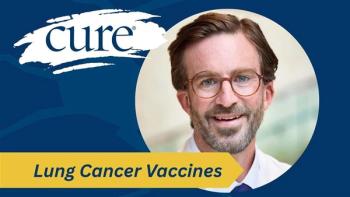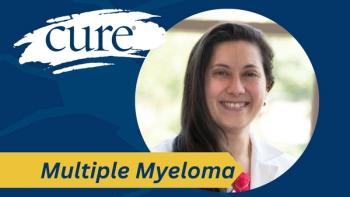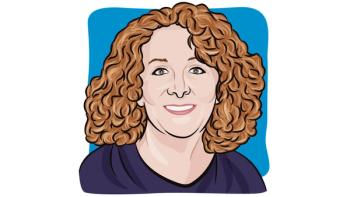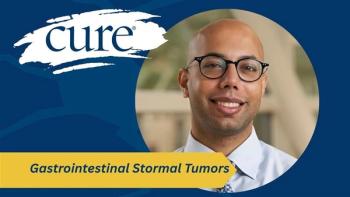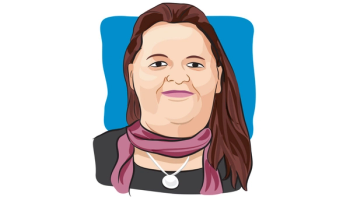
What It’s Like to Be a Myeloma Millennial, Or, ‘Myelennial’
In an interview, Dr. Nina Shah of UCSF Helen Diller Family Comprehensive Cancer Center explains what a myeloma millennial, or ‘myelennial,’ is, and how recent advances in multiple myeloma treatments inspired the term.
The treatments for multiple myeloma have changed dramatically over the past decade, according to an expert at the University of California, San Francisco (UCSF) Helen Diller Family Comprehensive Cancer Center.
In an interview with CURE®, Dr. Nina Shah, an associate professor of clinical medicine, explained how the new drugs and tools used to treat multiple myeloma inspired her to coin the term “myelennial,” which is inspired by jokes frequently made by the millennial generation about certain characteristics and cultural norms of their age group.
“I have some criteria, like, ‘only looks at MRD data,’ you know, ‘thinks Durie-Salmon is a paint color at Sherwin Williams,’ and you know, ‘has never given thalidomide or oral melphalan,’” said Shah. “It’s the myeloma millennials. It’s not that I was actually born in the millennial generation, but as a myeloma doctor, I’m a millennial.”
Transcription:
You know the reason I call myself a “myelennial,” is that myeloma has absolutely dramatically changed in the past 10 to 15 years, but even in the last five years. And so, the things that we used to do, even actually before I was practicing myeloma, with melphalan and prednisone, that was it. And then there was thalidomide and now, I mean even lenalidomide, which was considered novel is actually not that novel anymore.
So, there are all these new drugs and the few tools we have, we have so many more of them now. So now I can say it's like the same thing as being a millennial. It's like I have some criteria, like ‘only looks at MRD data,’ you know, ‘thinks Durie-Salmon is a paint color at Sherwin Williams,’ and you know, ‘has never given thalidomide or oral melphalan,’ these things. It's the myeloma millennials. It's not that I was actually born in the millennial generation, but as a myeloma doctor I'm a millennial. I want answers and I want them right now, on an app!
For more news on cancer updates, research and education, don’t forget to

